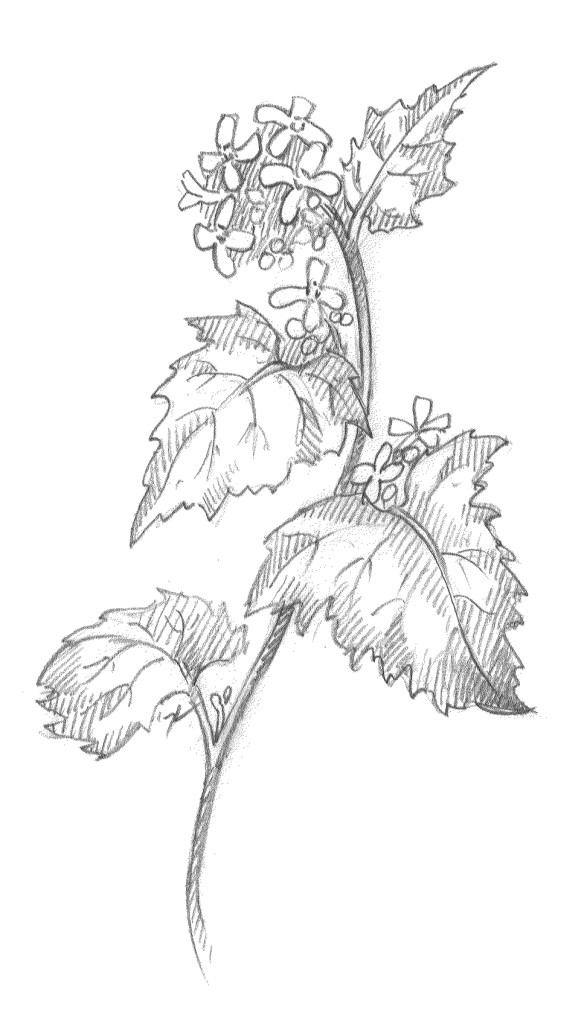Through the Garden Gate
by Leslie Watkins
“What is one to say about June, the time of perfect young summer, the fulfillment of the promise of the earlier months and with as yet no sign to remind one that its fresh young beauty will ever fade”.
–Gertrude Jekyll, On Gardening
If you have been keeping on top of your gardens and every bed is mulched and edged, perennials divided and vegetables growing, congratulations. You’ve done a great job, and you can sit in your favorite garden chair with a nice drink and enjoy your creation. But, if you still have bits and pieces to pull together, take heart–it’s not too late to continue dividing perennials and planting vegetables.
Keep planting succession lettuces, and finish direct sowing melons, squash and cucumbers. Frosts are behind us now and tomatoes, eggplants and peppers can all go into the ground. Make sure to water deep as needed. Plant roots will grow to reach water, so avoid surface watering to prevent roots from growing upward.
June brings forth an abundance of verdant growth including troublesome weeds and invasive plants. If a stitch in time saves nine, it also holds true that a weed pulled before setting seed saves hundreds, if not thousands of more weeds. The best strategy is to get them while they are small and easy to pull or hoe. Soil softens after a rain, increasing your chance of getting the roots out intact. A morning stroll through your garden is a good time to pull upstarts. Keep buckets handy to collect them.
In recent years we have seen a burgeoning of invasives in our gardens, woodlands, roadsides and lawns. Many seeds are spread by birds and animals, some stick in the tires of our cars and scatter along highways, others come from the garden center as innocent purchases and nasty hitchhikers. Once these thugs gain a foothold they can be extremely difficult to eradicate. The top five we mostly deal with are Japanese barberry, Japanese honeysuckle, Oriental bittersweet, garlic mustard, and rosa multiflora. All of these spread prolifically, displace our native plant species and should be dealt with immediately, especially before going to seed.
Japanese honeysuckle and barberry thickets form readily in the woods and along property lines. Barberry creates the perfect microclimate for incubation dens of deer ticks. Barberries have been shown to be an integral part of the cycle of Lyme disease. Even the ornamental ones in your garden contribute to the problem. Small plants are easy to pull by hand, and a garden fork will pry up larger ones. For bigger jobs, use a chain and tractor.
Oriental bittersweet, decorative and beautiful as it is in wreaths and garlands, strangles and kills trees. Its seeds have a near 100 percent germination rate. Sever the stems and carefully apply a systemic herbicide, following instructions on the label.
Lovely, tough and fragrant multiflora roses were introduced for soil erosion and livestock fencing in the United States in the 1930’s by the Soil Conservation Service. The hedgerows provided shelter and food for a wide array of wildlife. The seeds are dispersed by rose hip eating birds and mammals. Wild populations can harbor the rose rosette virus that spreads into our nice garden roses cultivars by a mite. A single stand of multiflora can produce millions of seeds each year, and they remain viable in the soil for many more years. Thorns have been known to puncture tires. The best remedy is goats. Consider keeping a few goats in your pasture for several seasons to gobble them up, or pull them out before they get to that degree of growth.
Garlic mustard is an easy-to-pull nuisance, and can be used as a nutritious addition in recipes. Grab it low down by the roots and if you don’t eat it or feed it to your chickens, dispose of it in plastic garbage bags and bring them to the dump. Its ability to continue to grow and set seed even in a bag is truly astonishing.
June is a very busy month for honey bees. Nectar and pollen start coming into the hive in quantity. The queen is laying at her greatest rate, and the hive is bursting with activity. Beekeepers should start monitoring weekly for signs of swarm preparations by keeping an eye out for extra drones and queen cells, and provide more space for growing hives. All this activity ensures a delectable crop of raspberries, blueberries and tree fruits to come.
June Chore Checklist
Stay on top of weeding and water as needed.
Remove suckers from roses and tomatoes.
Deadhead perennials for repeat bloom.
Continue to divide perennials.
Finish planting trees and shrubs.
Prune flowering shrubs after bloom.
Plant containers with annuals.
Feed roses, evergreens and perennials.
Watch for red lily leaf beetles.
Harvest micro-greens and early lettuce.

